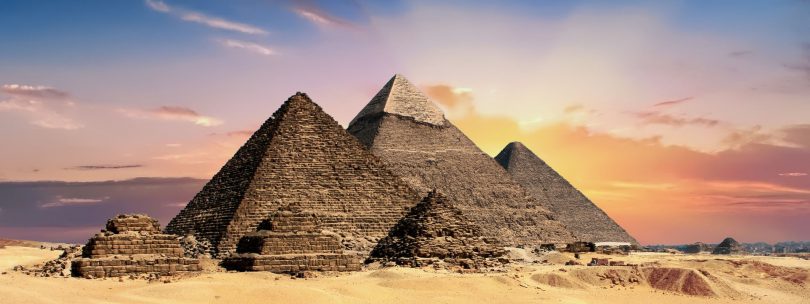Hemp has been used for its medicinal properties by diverse global cultures since ancient times. Don’t believe me? Hop on board the international tour bus, and let’s cruise through history.
Ancient China
The corpse of a 2,500 year-old Chinese shaman (healer) was recently discovered decorated in a ceremonial cannabis wreath. The Chinese recorded all parts of the hemp plant in their ancient medicinal texts, and it was used as an anesthetic for serious surgical operations.1It was also recommended for absent-mindedness, menstruation, rheumatism, and malaria.2Starting about 1,800 years ago, hemp seeds were used as a laxative, and that use has survived the ages all the way to contemporary Chinese medicine.3
Ancient India
Ancient India viewed hemp as medicinal and sacred; it is associated with the god Shiva and is part of important religious ceremonies. The Atharva Veda, dated from roughly 2,000 B.C.E., lists bhanga (cannabis) as one of five sacred herbs to “deliver us from anxiety.” In the Sushruta Samhita (roughly 500 B.C.E.), cannabis is recommended for phlegm, insomnia, headaches, catarrh, and diarrhea.4To this day, cannabis factors into the Indian medicinal science of Ayurveda, which seeks optimal health through balancing the individual’s three doshas–vata, pitta, and kapha.5
Ancient Egypt
Archeologists have discovered hemp in the tombs of several Egyptian pharaohs(e.g.,Ahkenaten). Medicinal usage is recorded on ancient papyrus reeds. Papyrus Ramesseum III (1700 BCE), for example, prescribes a hemp-based treatment for an eye condition, possibly glaucoma. The Ebers Papyrus (1550 BCE) mentions that cannabis can be useful for childbirth and describes wrapping a toenail wound in a bandage with hemp resin.6
Ancient Greece
Moving forward in time to the first few centuries CE… The Greeks used cannabis to dress horse wounds, treat nosebleeds, and ward off tapeworms. The seeds were steeped and pressed into a liquid that was poured into the ear to remedy earache or obstruction.The earliest record comes from the 5th century BCE where Herotodus writes about Scythians taking joyful cannabis vapor baths.7
Hemp was a key player in the pharmacopeia of ancient history. If you are seeking to take advantage of its medicinal properties, rest assured that doing so is nothing new under the sun.
- Fankhauser, Manfred. “History of Cannabis in Western Medicine.” In Cannabis and Cannabinoids: Pharmacology, Toxicology, and Therapeutic Potential, edited by Franjo Grotenhermen, MD and Ethan Russo, MD, 37-38. New York, NY: Haworth Press, 2002.
- Touw, Mia. “The Religious and Medicinal Uses of Cannabisin China, India and Tibet.” Journal of Psychoactive Drugs13, no. 1 (1981): 23-34. doi:10.1080/02791072.1981.10471447.
- Brand, Joseph E. and Zhongzhen Zhao. “Cannabis in Chinese Medicine: Are Some Traditional Indications Referenced in Ancient Literature Related to Cannabinoids?” Frontiers in Pharmacology8 (2017). doi:10.3389/fphar.2017.00108.
- Touw, 23-24.
- Russo, Ethan.“Cannabis in India: Ancient Lore and Modern Medicine.” In Cannabinoids as Therapeutics: Milestones in Drug Therapy MDT, edited by R. Mechoulam. Birkhäuser Basel, 2005.https://doi.org/10.1007/3-7643-7358-X_1.
- Russo, Ethan. “The Role of Cannabis and Cannabinoids in Pain Management.” In Pain Management: A Practical Guide for Clinicians, edited by Richard S. Weiner, 358. 6th ed. Boca Raton, FL: CRC Press, 2002.
- Butrica, James L. “The Medical Use of Cannabis Among the Greeks and Romans.” Journal of Cannabis Therapeutics2, no. 2 (2002): 51-70. doi:10.1300/j175v02n02_04.










